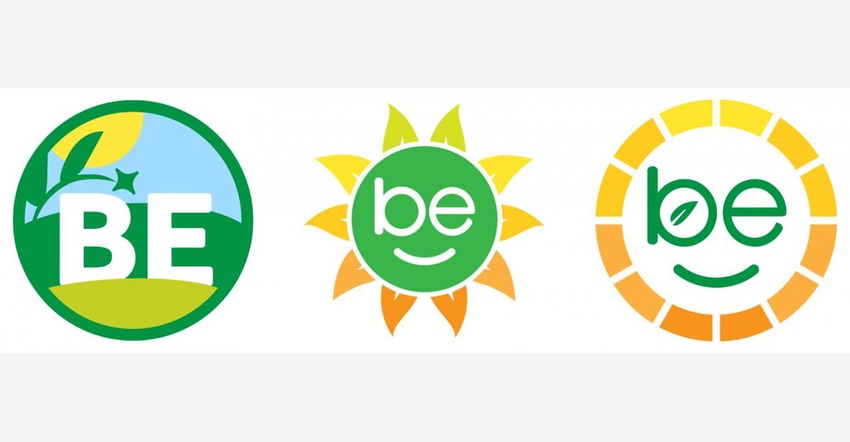USDA’s labeling proposal attempts to improve consumer acceptance of technology that truly holds many outcomes consumers currently seek.

The U.S. Department of Agriculture has been tasked with a monumental job of trying to mandate what constitutes an accurate label for agricultural technology and determining how the industry can use this to better educate consumers.
Earlier this summer, I had the privilege of speaking at the American Feed Industry Assn.’s (AFIA) Feed Industry Institute about what those in agriculture can do to improve the industry's image to consumers as well as to help science-and truth-based discussions enter a debate often fueled by emotions and the mistruths that are circulating.
I started off my discussion about how mislabeling is, unfortunately, rampant on food products today -- from natural, hormone-free, cage-free, free range, as well as marketing ploys to try to confuse consumers regarding genetically modified organisms (GMOs), even when there are no GMO varieties of the product in the marketplace. I also focused on 20 years of safety results from GMO testing and featured points on the many ways biotechnology has helped answer the problems many consumers say they want to solve through the food they purchase.
Yet, in a room of 130 individuals who were working in the feed industry, I still found someone who raised her hand at the end and said she appreciated the use of biotechnology for finding new medicines, but she thought we should take a more cautious approach to allowing food to contain biotech corn and soybeans. I gathered that her reluctance to accept the technology started in the days of StarLink, with the mistaken introduction of a feed-only approved corn into the human food marketplace. Corn producers saw prices crash, but the reality was that there was no real risk to humans from StarLink. I challenged her to re-evaluate her “cautious” approach by reviewing the 20 years of safe use as well as the more than 900 studies confirming its safety.
She is not alone in her views, though.
According to the latest research from the International Food Information Council, 73% of consumers seek non-GMO labels because they believe these foods are either healthier, safer or better for the environment. So, as those in the agriculture industry try to better educate about GMOs, we need to find a way to communicate that GMOs offer the solution to be healthier through new products that have enhanced nutritional profiles, safer because of 20 years of safe use and better for the environment through the reduction of inputs such as water, fertilizer and pesticides.
The International Food Information Council (IFIC) also recently released survey data that looked specifically at how the proposed USDA "bioengineered" (BE) disclosure labels play with consumers. In every combination, levels of concern across a variety of factors increased — often substantially — when a disclosure label was applied.
When shown the bottle without any disclosure, approximately one-third (31%) of a group of respondents had human health concerns, but that rose to 50% when shown the BE “plant” symbol, further increasing to 51% when text was added to indicate that the product was “bioengineered” and to 57% when “may be bioengineered” was added to the plant logo. Human health concerns almost always showed the greatest increase compared to other factors such as animal health or environmental concerns.
Following the release of the survey data, Joseph Clayton, chief executive officer of the IFIC Foundation, said, “Despite broad scientific consensus that GMOs are safe to consume, a majority of Americans seem to be convinced otherwise. It’s a significant disconnect, and it underscores the need for more creative public education on the science behind our food.”
That’s exactly the problem: a disconnect with our food supply. Can a label with a smiley face or healthy plant symbol provide the solution?
Vermont is the reason a national disclosure label is needed -- to prevent a feared “patchwork” of state GMO labels with different requirements.
A study released in Science Advances showed that opposition to GMOs in Vermont actually fell relative to that in the rest of the U.S. after mandatory labeling was adopted in the state.
This gives us hope that, if USDA can manage the right balance between educating consumers and offering the right disclosure wording, agriculture can maintain the sacred trust of consumers as well as a technology that allows them to produce many of the outcomes consumers desire from food today.
About the Author(s)
You May Also Like




.png?width=300&auto=webp&quality=80&disable=upscale)
